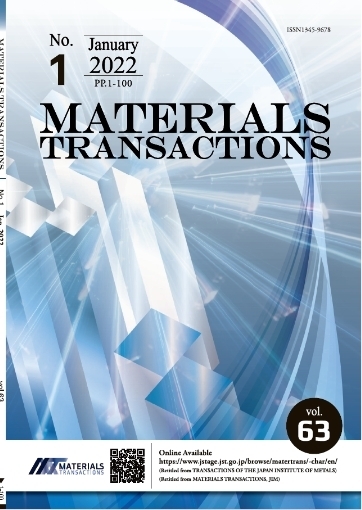Welding Characteristics and Effect of Gap Length on 2000 Series Aluminum Alloy Sheet Lap Joints Welded by Magnetic Pulse Welding
Takaomi Itoi, Syoichi Inoue, Keigo Okagawa
pp. 1629-1635
抄録
Effect of gap length on welding characteristics of 2000 series aluminum alloy sheets in magnetic pulse welding (MPW) was investigated. Collision time for the 2017-T3 sheet welded at gap length of 1.2 mm and 4.6 mm were 6.16 μs and 16.9 μs respectively, which were increased with increasing of gap length. The collision speed calculated from collision times increased as the gap length increased, showed a maximum value of 380 m/s with a gap length of 2.0 mm, and then the speed declined. This result indicates that it is possible to join sheets at a higher collision speed even with the same discharge energy by adjusting an appropriate gap length. Strong lap joint was achieved for the 2024-T3/2024-T6 and the 2024-T3/7075-T6 lap joint sheets by welding condition of gap length more than 1.0 mm. Thus, it could be possible to improve the weld strength by widening the gap length and performing MPW at high collision speed. SEM and HAADF-STEM observations showed no clear oxide films formed on the weld interface. From microstructure observation, it was considered that lap joints fabricated by MPW were welded at solid state. This Paper was Originally Published in Japanese in J. JILM 67 (2017) 423–429.










